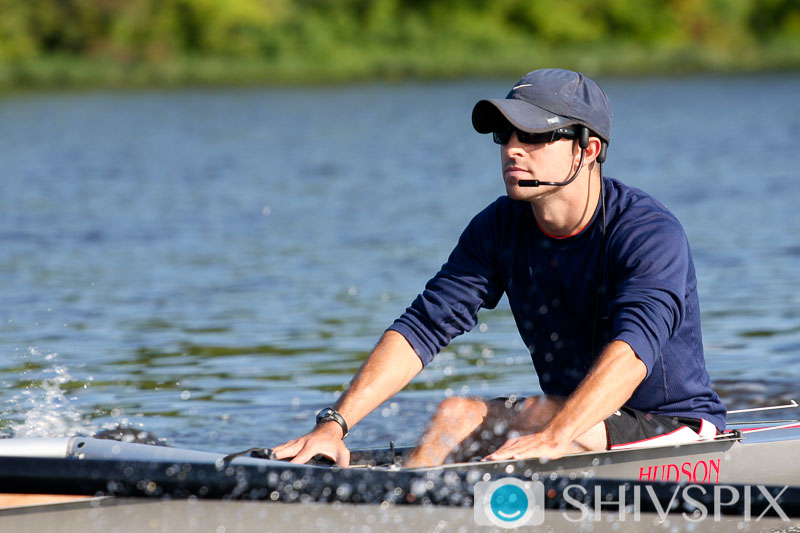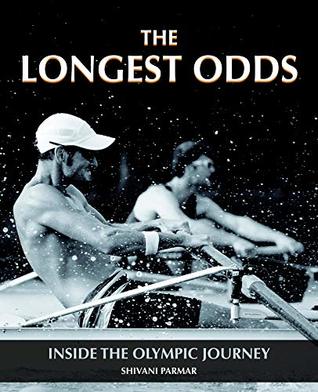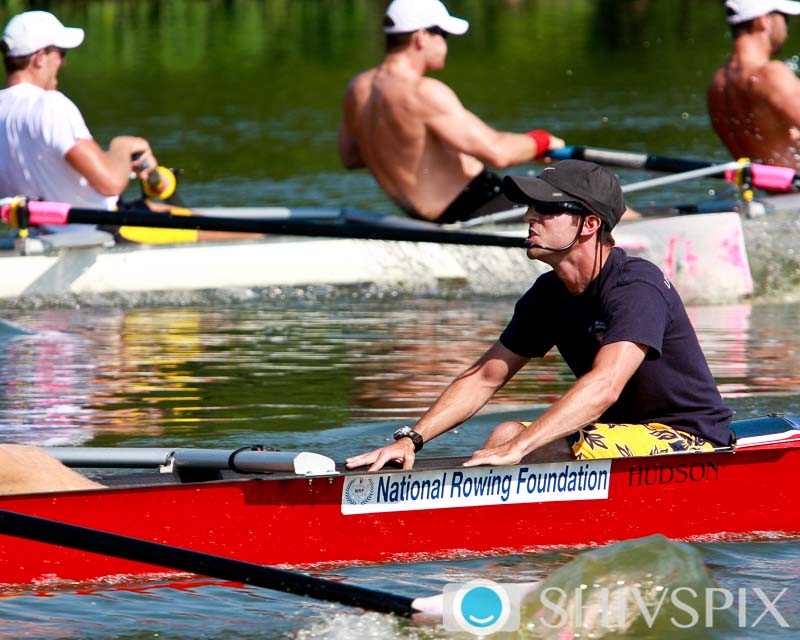When you’re coxing your men through a 2k race, what are the main things you should say and how do you know what to say? In this race, what would separate a winning coxswain from a “not so good” coxswain? Basically, I’m trying to find my voice… or their motivation.
– Rebecca
I get asked this question often. When I remember my first years in the boat, if anything I had too much to say. I had to learn to contain myself, and not fire off everything that came to mind during the race.
Anything that comes through your microphone should be useful information. Thinking out loud can make you a liability to your crew’s performance. You need to listen, and see. You need to take in what is going on around you, and then filter it. Soak up the chaos like a sponge, and then relay usable facts to your crew to help them have their best chance at winning.
You should start by delivering information through a rotation. The categories to rotate through could be external, internal, and emotion.
Let’s start with External: They need to know where they are on the course. How far to the finish? How far to the next marker? How long until the big attack? How many minutes until it’s over? How many seats back from the next crew are you? How many seats from the lead are you? Are you moving? Are the other crews moving? What lane is moving?
Internal: Focus on surveying how efficiently your crew is moving the boat. Is their timing correct? Is your cadence where you planned it to be? Are they maintaining the technical points that your coach has been reinforcing at practice? If not, make a change. If so, let them know. Catches? Swing? Length? Finish? There’s just too much going on to have nothing to say.
Emotion: By far the least used element for calling a race, but this can sometimes make the difference between what color medals you bring home. For this one, you have to know your teammates personally. You have to know what really makes them want to go above and beyond natural human function to accomplish the goal. You aren’t a cheerleader however. You said it best in your question; “Find their motivation.” It is not for you to motivate them. They must be self-motivated to win. But you can remind them what their own motivation is. Remind them what they’ve invested. Remind them why they won’t fail.
You still have the starting minute, the attacks, focus moves, and the sprint sequence on top of the above suggestions. Remember, all these calls can be tied into the race plan that your coach laid out. This is the real answer to “how do you know what to say?” You execute the race plan that you have been practicing with your crew. Most importantly, never get so tied up in race execution that you neglect your primary task. You are charged with steering a straight line. Steering a good course will contribute much more than any race call. The best coaches and rowers will take a coxswain who steers straight over all other factors. It is this skill; steering well in all conditions, that separates the best from the pack in my opinion.
– Ned DelGuercio
Enjoy reading this? Read the full collection of coxswain tips.
Interested in taking an even deeper look at how national team athletes train and race? Check out The Longest Odds.

Ned DelGuercio
Ned DelGuercio, known as one of the toughest coxswains around, came to the team in 2005. His career highlights include gold medal wins at the World Rowing Championships in the M4+ in 2007 and the LM8+ in 2008, as well as a gold medal from the 2007 Pan American Games in the M8+.

The Longest Odds
Go behind the scenes of the Olympic Journey with The Longest Odds, a photo-documentary that goes inside the Beijing and London Olympic journey of the US Olympic rowing team.
This book illustrates what you do not see on television – it’s a raw look at what athletes go through during their years-long journeys much before anything appears on television.
The Longest Odds allows us to see those highs and lows, the conflicts, joy, exhaustion, elation, fear – and most of all, the bonds of friendship being indelibly forged.

